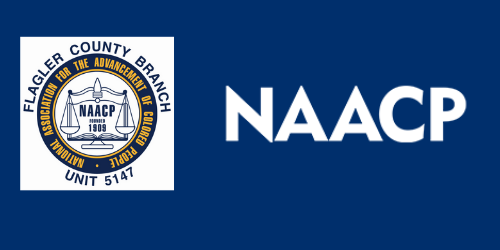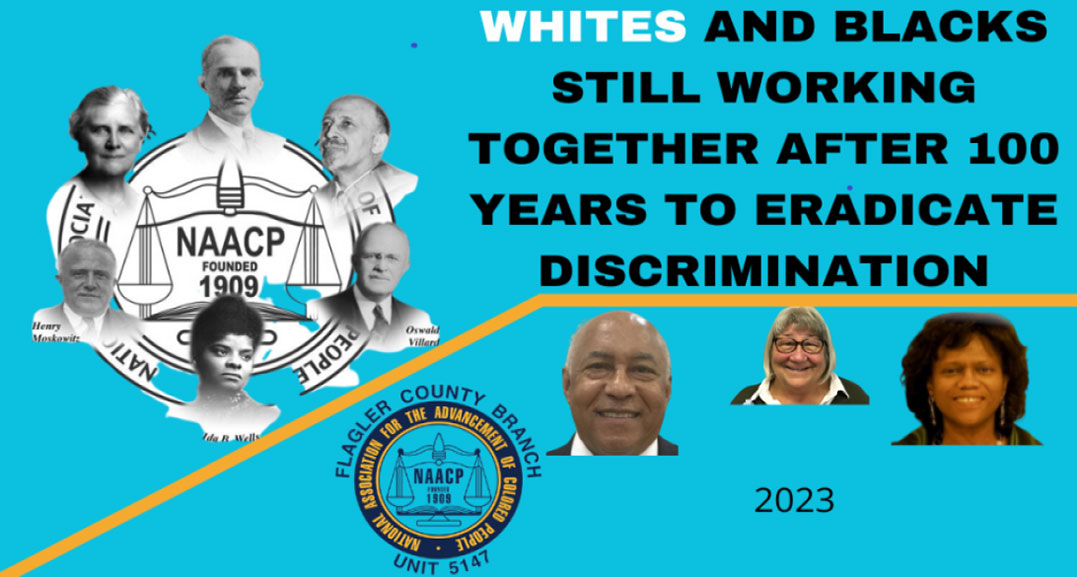For more than a century the National Association for the Advancement of Colored People (NAACP) has been an instrumental force in advocating for the rights of Black Americans. While its mission has been largely focused on advancing the needs of Black people, the NAACP has also seen a diverse array of support from across racial boundaries, notably from white supporters who have been pivotal in its formation and sustained success. Today, we delve into the contributions of these early and current white supporters of the NAACP, emphasizing the importance of unity and collaboration in the fight for racial equality.
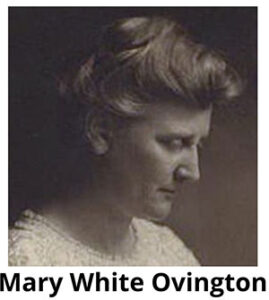 The NAACP, established in 1909, made it its mission to ensure “the political, educational, social, and economic equality of rights of all persons and to eliminate racial hatred and racial discrimination.” Many might be surprised to learn that the organization was founded by white civil rights activists such as Mary White Ovington, Moorfield Storey, William Englis Walling, Oswald Garrison Villard, Dr. Henry Moskowitz, John E. Milholland, and Francis Biascoer signaling the breadth of its intended reach.
The NAACP, established in 1909, made it its mission to ensure “the political, educational, social, and economic equality of rights of all persons and to eliminate racial hatred and racial discrimination.” Many might be surprised to learn that the organization was founded by white civil rights activists such as Mary White Ovington, Moorfield Storey, William Englis Walling, Oswald Garrison Villard, Dr. Henry Moskowitz, John E. Milholland, and Francis Biascoer signaling the breadth of its intended reach.
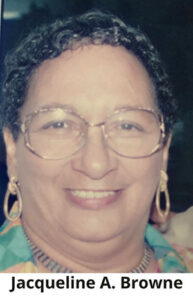 Our focus today, however, takes us to a local branch of the NAACP, which has thrived under the stewardship of diverse supporters since its reinstatement in 2000 by its first president, Jacqueline A. Browne. The Florida State NAACP came to Flagler County in 2000 to conduct the election process, which elected Jackie as president. This local branch owes its growth and influence to a range of individuals, many of whom are white supporters who have made significant contributions to the organization.
Our focus today, however, takes us to a local branch of the NAACP, which has thrived under the stewardship of diverse supporters since its reinstatement in 2000 by its first president, Jacqueline A. Browne. The Florida State NAACP came to Flagler County in 2000 to conduct the election process, which elected Jackie as president. This local branch owes its growth and influence to a range of individuals, many of whom are white supporters who have made significant contributions to the organization.
Among these stalwarts is Dr. Monroe Gilbert. As an avid supporter of the NAACP, Dr. Gilbert’s involvement not only exemplified his commitment to its mission but also broadened the reach of its impact. His advocacy and substantial financial contributions were instrumental in enabling the branch to undertake and sustain numerous community programs aimed at empowering the disadvantaged.
Equally crucial to the branch’s operation was Dr. Merrill Climo whose work on the Executive Committee endeavors significantly strengthened the NAACP’s reach within the local community. Dr. Climo’s knowledge and donations played a critical role in ensuring the longevity of many community initiatives.
John and Mary Scripp local connections and relentless efforts allowed the branch to expand its reach to wider audiences. Their support was instrumental in increasing the visibility of the NAACP within the community, thereby driving increased involvement in its advocacy work.
Merrill Shapiro, another key supporter, tirelessly championed the cause of the NAACP. Through his advocacy and dedication, he played a pivotal role in fostering stronger relationships between diverse groups within the local community.
Today, the tradition of active support from white individuals in the NAACP continues. Gail Danhoff, the current secretary of the branch, has become an essential part of its day-to-day operations. Her dedication and expertise are vital to the smooth running of the organization.
In a similar vein, Dr. Reinhold Schlieper is deeply involved in the daily operations of the branch. His tireless advocacy for civil rights has helped further the NAACP’s mission in the local community.
The contributions of these white supporters to the NAACP are a testament to the power of unity in the face of social injustice. They remind us that the fight for racial equality is not the burden of one race but is a collective responsibility. Their work within the NAACP underscores the importance of diverse allyship in the struggle for racial justice.
Not to be overlooked are the remarkable contributions of the presidents who have guided the Flagler NAACP since its revitalization under the leadership of Jacqueline A. Browne. Among these dedicated individuals are Calvin Edghill, Bob Williams, James Sims, Linda Sharpe Andy, Shelley Ragsdale, and the incumbent president, Phyllis Pearson. Their unwavering commitment and visionary guidance have played a pivotal role in shaping the trajectory of the organization, ensuring its continued growth and impact.
In conclusion, the fight against racial discrimination is a shared task that requires the combined efforts of all people, regardless of their racial or ethnic background. As we look back at the history of the NAACP, we celebrate not only the Black leaders who have fearlessly led the charge but also their white allies who stood beside them, echoing their cries for justice. The journey towards a more equitable society is a long one, and it’s through this unity that we will continue to make the most significant strides.
We extend our heartfelt gratitude to Jeroline D. McCarthy, a former journalist for the Daytona Beach Times, for providing historical information about the Flagler County NAACP Branch. Her dedication and meticulous research helped preserve the organization’s impactful legacy. Barbara Goss made a substantial and invaluable contribution to this article, enhancing its overall quality and depth of knowledge.
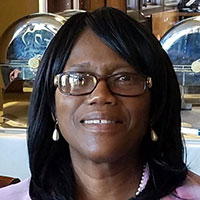 Phyllis Pearson – President The Flagler County Branch NAACP
Phyllis Pearson – President The Flagler County Branch NAACP
